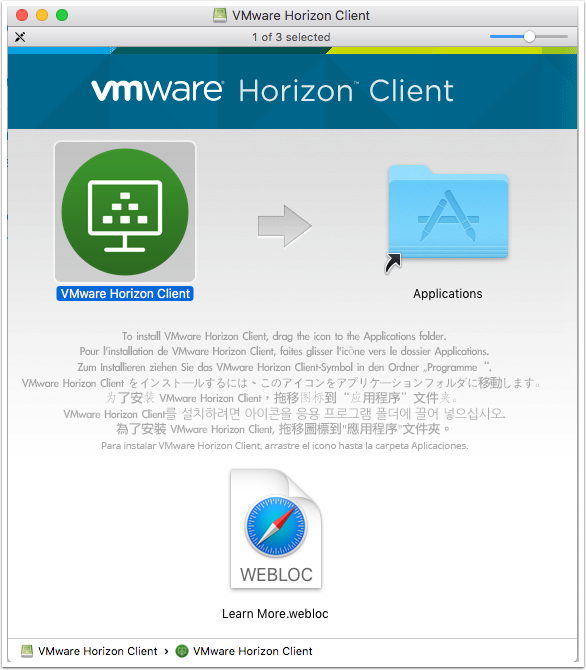

It has limitations compared to the desktop application: Go to VMWare Horizon HTML Access and log-in with CougarNet to access the web client, which does not require downloading any programs. Select your preferred location and select “Save” The files on your device or USB stick should be visible.

It may be listed under “Devices and drives” and/or “Network locations” Find and select your device’s local storage or your inserted USB stick.In the software’s menu, go to “File > Save As…”.Check the box labeled “Allow access to removable storage” to allow access to your USB stick or other removable storage devices.Check the box labeled “Allow access to ” to allow access to your device’s storage.Go the the settings in VMware Horizon Client.If you want to change access settings after initial launch: You have now given the client access to your storage space and can save your files (see below). When the client is first launched, VMware will ask you to allow access. You must first give VMware Horizon Client access to the storage space and/or USB stick to save. Scroll down and select “Send domain list”Īfter enabling this global setting the Active Directory domain is visible again and it is possible to select another AD domain.On library computers, we recommend saving your work on virtual software to a USB stick or some other removable storage device.Click on “View Configuration” and Edit the “Global Settings”.Repeat steps 5-8 for each VMware Horizon Connection Server.Įnabling the domain list in the Horizon Client Scroll down the bottom and select “Accept logon as current user”.Select the Connection Server and click on Edit.Click on “View Configuration” and select Servers.Here are the steps to enable these settings: Enabling Login As Current UserĪllow the Connection Server to accept logon as current user authentication These settings are disabled to improve security but sometimes after a Horizon environment upgrade one or more settings needs re-enabled again. With this option, the Active Directory domain name is not visible and replace *DefaultDomain*



 0 kommentar(er)
0 kommentar(er)
